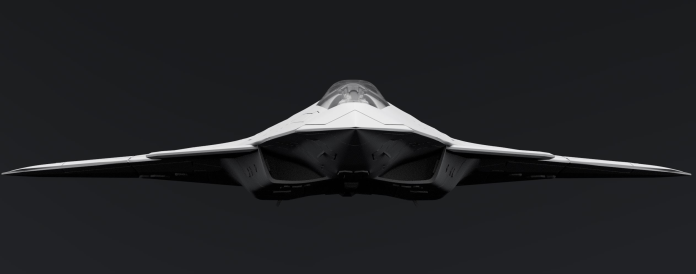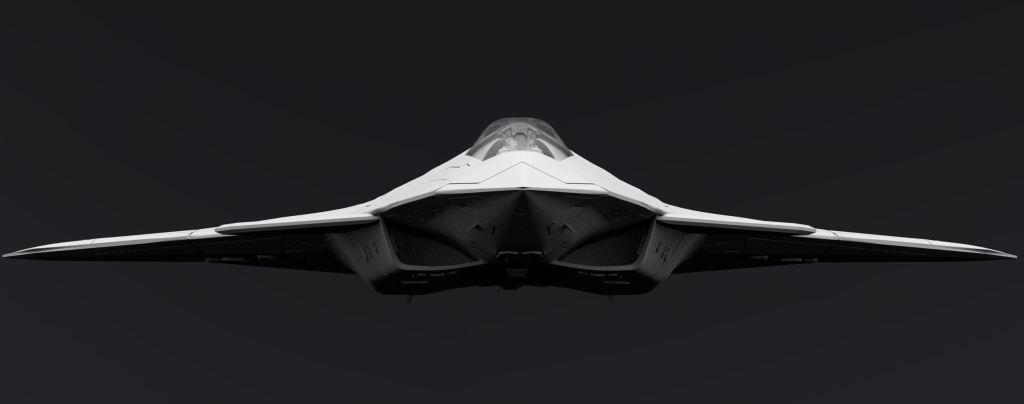
A brash declaration has rung out in the corridors of Washington: “The ability to sustain air superiority against peer competitors will be at risk if the Navy can’t deploy a 6th Generation strike fighter on a relevant timeline.” Such are the words of Adm. Daryl Caudle, and they sum up the high-stakes engineering and industrial theater unfolding presently as Congress overrode Pentagon proposals to cancel the F/A-XX and E-7 Wedgetail programs, putting technical and resource arguments into the national limelight.
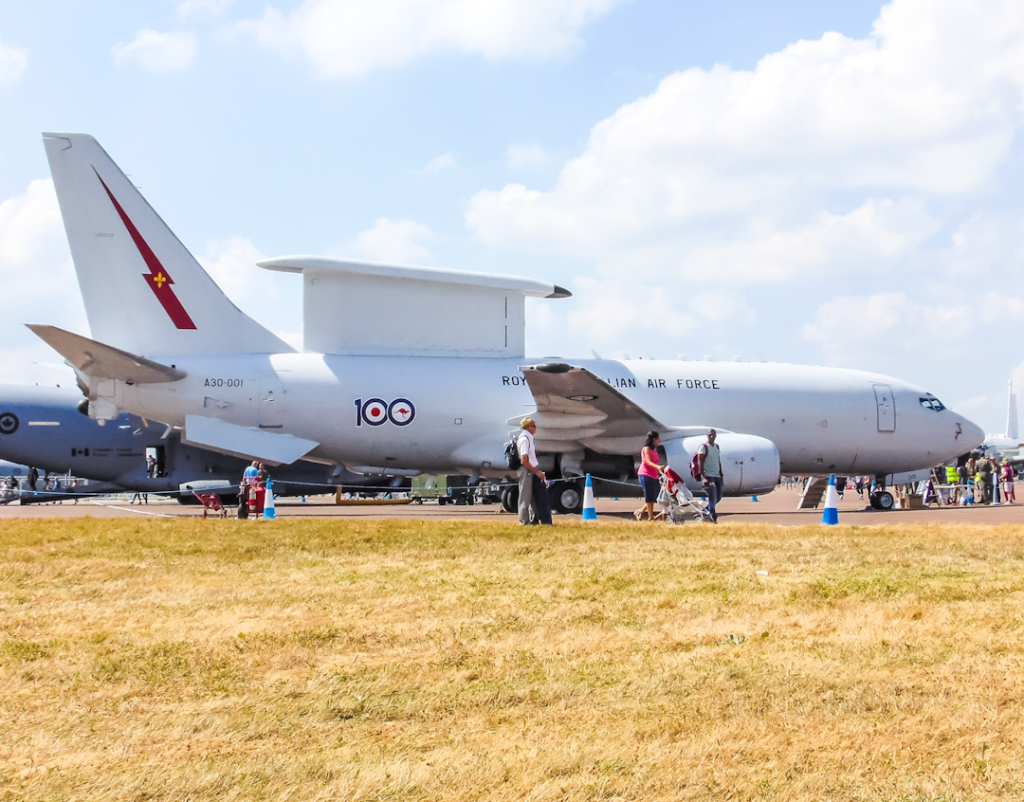
1. Congressional Intervention and Budget Realignment
In an unusual rebuff to Pentagon officials, the Senate and House Appropriations Committees have acted to reinstate funds for the Navy’s F/A-XX next-generation carrier-based fighter and the Air Force’s E-7 Wedgetail AEW&C platform. The Senate bill appropriates $1.4 billion for F/A-XX and $647 million for E-7, squarely addressing the Navy’s Unfunded Priority List and responding to a defense budget that had only funded initial F/A-XX development, not procurement. This legislative move is a manifestation of increasing fear that the Pentagon’s industrial base justification because it has an inability to support concurrent sixth-generation fighter programs for both of its services may compromise U.S. air and maritime dominance at a critical moment as China expedite their own next-generation carrier aviation.
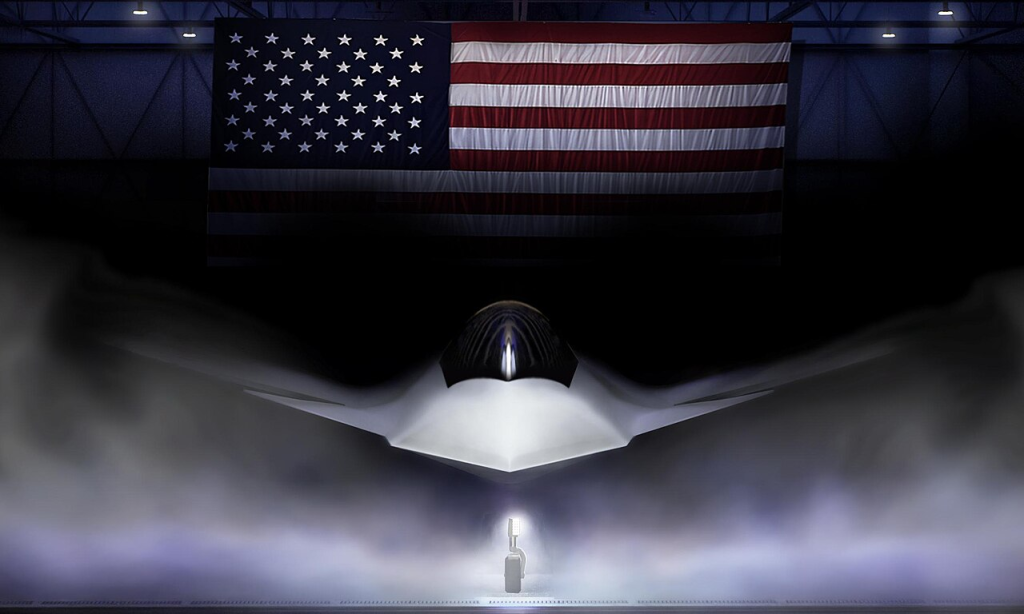
2. F/A-XX: Architecture, Capabilities, and Industrial Constraints
F/A-XX is planned as a leap in carrier aviation. As per Rear Adm. Michael Donnelly, the platform will provide more than 125 percent of the range that the Super Hornet has today, with stealth, AI, and the capability of being an unmanned system “quarterback” at its center. “That increased range is an essential attribute that we’re looking to field,” Donnelly explained, noting that organic refueling and survivability against advanced air defenses are non-negotiable design imperatives for operations in the Pacific and beyond.
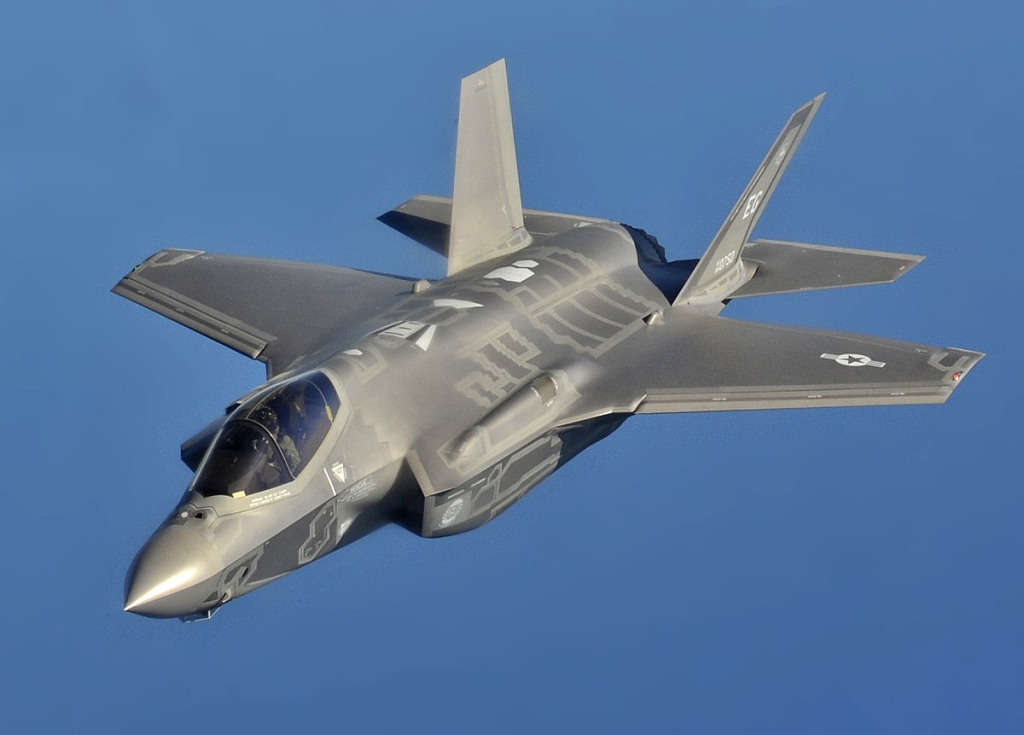
The F/A-XX will also have to satisfy the Navy’s distinctive carrier suitability requirements: folding wings, strengthened landing gear, and catapult compatibility. Its system architecture is being planned with plug-and-play sensor fusion, digital backbone integration, and optionally manned-unmanned cockpit configurations. These demands put an unprecedented strain on the aerospace industrial base, already taxed by simultaneous production of the Air Force’s F-47, B-21, F-35, and other advanced aircraft as outlined by industry leaders.
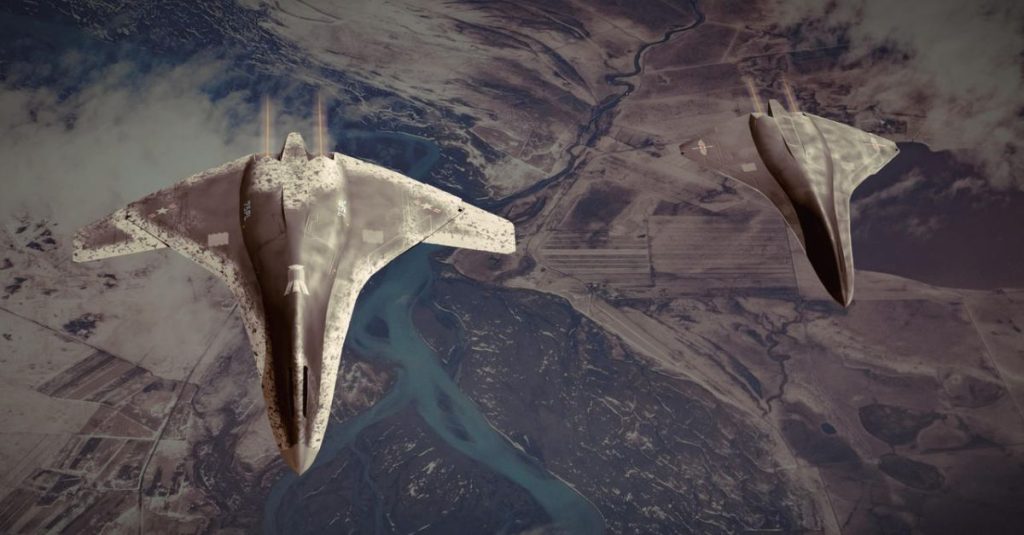
3. Resource Competition: F/A-XX versus F-47
The Pentagon’s choice of favoring the Air Force’s F-47 substantiated with a $3.5 billion development request over the Navy’s F/A-XX has triggered hot debate. The F-47, built by Boeing, has been developed for deep-penetration air dominance with an estimated combat range of more than 1,000 nautical miles, Mach 2+ speeds, adaptive cycle engines, and AI-enabled operations. Although the F-47’s swift advancement is viewed as critical to international deterrence, slowing F/A-XX jeopardizes a capability deficit for carrier strike groups working in contested sea environments where rivals are introducing emerging combatants and extended-range weapons.

Industry players, such as Boeing and Northrop Grumman, contended that the American aerospace industry is capable of handling both programs. “Our plan was to be able to do both, win both, and deliver both,” said Boeing Defense and Space CEO Steve Parker. The danger, according to SASC Chairman Roger Wicker, is that “putting off the F/A-XX program threatens further challenges to the industrial base.”
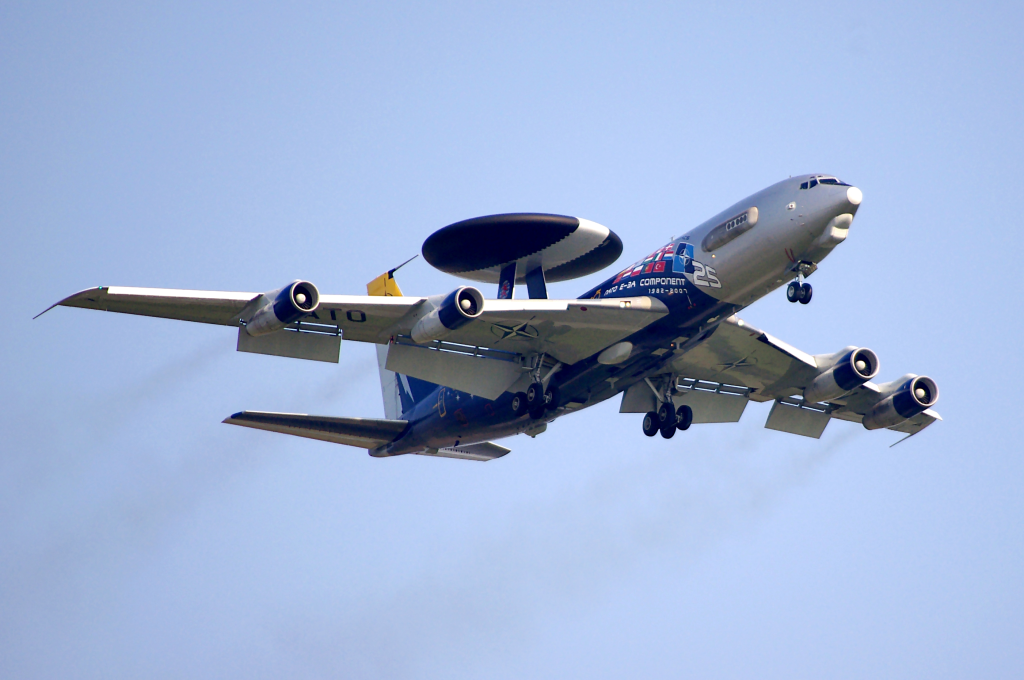
4. E-7 Wedgetail: Bridging to Space-Based ISR
The future of the E-7 Wedgetail has served as a proxy for a larger airborne vs. space-based ISR debate. The Air Force originally intended to replace its older E-3 Sentry AWACS fleet with E-7s, but delays, cost growth, and survivability issues led the Pentagon to shift to distributed satellite constellations. Secretary of Defense Pete Hegseth described the E-7 as “sort of late, more expensive and ‘gold plated,’” and highlighted the intent to shift to space-based ISR as a cost-effective, survivable alternative. Yet, operational commanders and lawmakers warn of a dangerous gap. “We’re kind of limping along up north right now, which is unfortunate. And the budget calls for ending the program,” Sen. Lisa Murkowski said, highlighting the E-3 fleet’s deteriorating readiness and the glacial progress of space-based AMTI (Air Moving Target Indicator) capability fielding. A group of 19 former Air Force generals has also urged Congress to continue E-7 procurement, referencing the platform’s exclusive command-and-control and sensing roles which satellites are unable to adequately perform yet.

5. Space-Based ISR and the GMTI/AMTI Revolution
The future of ISR, as envisioned by the Pentagon, is in proliferated constellations of GMTI and AMTI satellites that can observe continuously, near-real-time, ground and airborne targets. These systems hold the promise of avoiding the weaknesses of large, radar-emitting aircraft in contested airspace. Lt. Gen. Shawn Bratton of the Space Force described ongoing demonstrations of space-based AMTI, stating, “We’re waiting to kind of gather data and understand: ‘Hey, how good is this capability from space?’” The goal is to enable direct downlink of targeting data to shooters across domains, bypassing legacy dissemination models and accelerating the kill chain as the Space Force and NRO finalize operational concepts.
But technical challenges persist. The evolution from airborne to space-based moving target indication is no small task, and there are new architectures to implement for data fusion, machine learning-based tasking, and robust communications. The competition between the National Geospatial-Intelligence Agency and the Space Force over control and distribution of satellite-derived intelligence highlights the challenge of integrating these new features into the joint force.
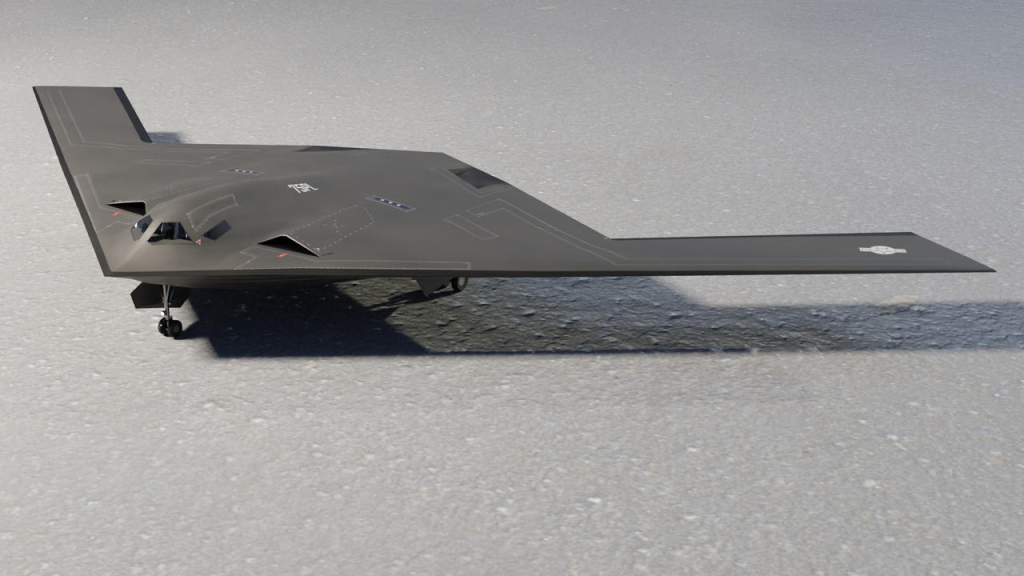
6. Engineering Implications for the Industrial Base
F/A-XX delays and funding instability jeopardize not only operational readiness, but the health of the U.S. aerospace workforce as well. The Bureau of Labor Statistics sees 4,100 aerospace engineering opening annually through 2033, but delayed contract awards could push talent into commercial markets. The complex supply chains underpinning stealth fighter manufacturing extending to thousands of suppliers need stable demand signals to sustain capacity and innovation.
As the B-21 Raider program illustrates, disciplined program management and mature supply chains can produce complex platforms on cost and schedule, but only with continued investment and unambiguous acquisition priorities.

7. The Future of Carrier Air Wings and Distributed Operations
The F/A-XX is not just a replacement for the Super Hornet; it is the key to the Navy’s vision for distributed maritime operations. With embedded electronic warfare, increased range, and unmanned teaming, the vessel will allow carrier strike groups to reach standoff ranges, penetrate next-generation A2/AD regimes, and conduct sophisticated multi-domain campaigns.
As noted by Rear Adm. Donnelly, “With the inclusion of the MQ-25 Stingray unmanned tanker and the F/A-XX, the area of effect will project out to 11 million square miles.” Such a broader reach is necessary for sea control and power projection in the context of ever-changing threats. The race to provide F/A-XX and E-7, and to incorporate space-based ISR, is not an exercise in budgeting it’s a test of whether America can revolutionize its industrial, technological, and operational paradigms to meet a new era of great power competition.
